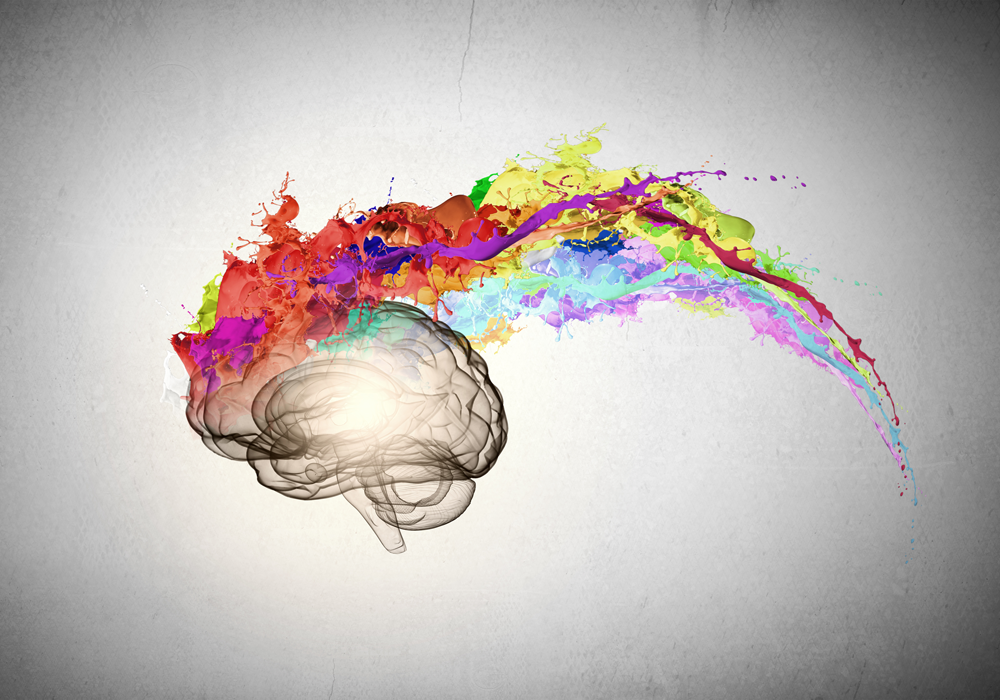Innovation Process: Develop…Then Design Later?
In the traditional R&D process, the product is developed and then handed off to the design team to “wrap” it and make it look pretty. The drawback is that this approach is out of date; in the last ten years consumers have become much more design-savvy. Consumers want functional, usable design that h

In the traditional R&D process, the product is developed and then handed off to the design team to “wrap” it and make it look pretty. The drawback is that this approach is out of date; in the last ten years consumers have become much more design-savvy. Consumers want functional, usable design that highlights ease of use, or a more emotive design that adds a personal connection with the product or in some way broadcasts a statement about the user’s more subtle, hard-to-define beliefs about themselves.
We can all name a handful of companies that are melding form and function in a way that resonates with users and creates a deep-seated brand loyalty. Look at JetBlue. They are essentially a low-cost carrier, but their design does a masterful job of suggesting that they provide a full-service experience. Their terminal at JFK is a flashback to the old-world style of travel—more elegant and sophisticated than its customers would expect it to be, and more pleasant to spend time in compared with the terminals of most of its competitors, the so-called legacy carriers.
In what order do you do the R&D process? What would be the result if you flipped it?
It’s important to constantly ask why you develop your product elements in a particular order. This is especially true if your organization has been in business for a substantial length of time and yet you’re still developing your products in an order that was devised to suit production methods from decades ago. Ford Motor Company worked with Ideo and the New York–based design firm Smart Design on the Ford Fusion. This was a daring move for Ford, as the car industry has always believed in keeping new ideas proprietary. By bringing in outside firms they risked their design being leaked prematurely. However, they recognized both that they needed to do something bold with the design to reflect the radically new nature of the car and that they didn’t know where to start.
Sparking Points
- In what order do you develop an idea and its components? What would happen if you changed that?
- How did you make the determination about your customers’ priorities in regards to how you ordered the phases of R&D?
- When do you involve design in the R&D? What would be the impact if you change it?
Phil McKinney Newsletter
Join the newsletter to receive the latest updates in your inbox.




